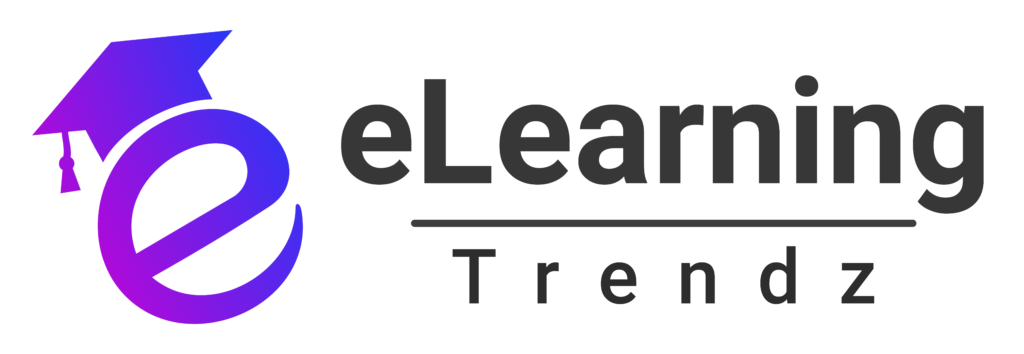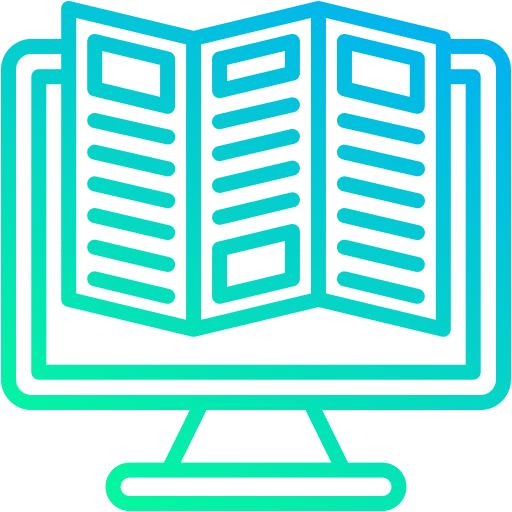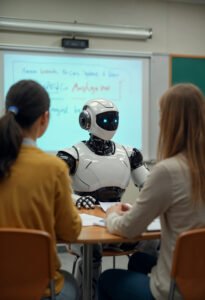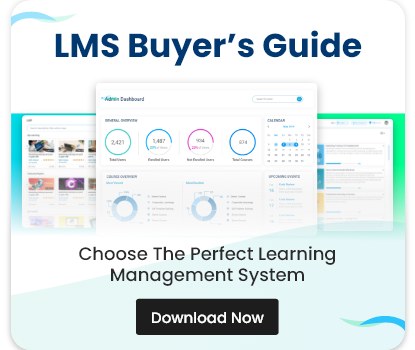What Is AI-Powered Social Learning?
AI-powered social learning refers to the integration of artificial intelligence into social learning platforms to foster collaboration, knowledge sharing, and community-driven learning. Unlike traditional learning methods, AI-driven platforms provide real-time personalization, adaptive content, and intelligent recommendations based on user interactions and behaviors.
The concept of social learning is not new, but its application in L&D is evolving with the help of AI. By utilizing AI, these platforms can better understand individual learning styles, track engagement, and offer learning experiences that are more relevant and impactful. Through AI-powered social learning, employees can engage in collaborative discussions, share knowledge, and participate in informal learning experiences that enhance their skill development.
Social Learning Features Powered by AI
One of the key reasons AI-powered social learning is gaining traction is the unique social learning features it brings to the table. These features enhance user engagement and improve knowledge sharing across teams. Here are some of the prominent features:
- Personalized Learning Paths: AI tracks user interactions and preferences, creating personalized learning paths that adapt to individual needs and preferences. This ensures employees are always engaged with relevant content.
- Content Recommendations: AI algorithms suggest content based on previous learning behaviors, current skills, and even the learning progress of colleagues, making it easier to discover new topics and resources.
- Collaborative Learning Environments: AI-powered platforms facilitate social learning by connecting employees with similar learning goals, enabling them to engage in discussions, share resources, and collaborate on projects.
- Real-Time Feedback: AI tools can provide instant feedback on learning activities, guiding employees through their learning journey and offering suggestions for improvement.
- Knowledge Sharing Communities: AI enables the creation of knowledge-sharing communities within organizations, where employees can ask questions, participate in discussions, and contribute to a collective knowledge base.
The Role of AI in Enhancing Collaboration in L&D
AI-powered social learning platforms are designed to enhance collaboration among employees by creating seamless communication channels and fostering an environment of shared learning. These platforms are changing the way organizations approach training and development by facilitating peer-to-peer learning, expert guidance, and team-based learning projects.
Here’s how AI improves collaboration within L&D environments:
Intelligent Grouping and Networking
AI algorithms analyze employee skills, learning behaviors, and interests to intelligently group employees for collaborative learning experiences. By connecting employees with similar learning needs or expertise, AI enhances the chances of successful collaboration and knowledge exchange. Whether it’s a virtual learning group or a collaborative project, AI makes sure that individuals are paired with the right team members to maximize the learning experience.
Seamless Communication and Engagement
AI-driven social learning platforms make it easy for employees to communicate and engage with one another. Discussion boards, chatbots, and social feeds facilitate seamless communication, enabling real-time discussions, knowledge exchange, and problem-solving. AI even suggests relevant discussions and content to employees based on their interactions, ensuring they stay engaged in meaningful conversations.
This type of collaboration not only accelerates knowledge transfer but also helps employees feel more connected, especially in remote or hybrid work environments. It builds a sense of community within organizations, fostering a culture of continuous learning.
How AI-Powered Social Learning Drives Employee Engagement
One of the major challenges for L&D professionals is maintaining employee engagement. Traditional learning methods, such as instructor-led training (ILT) and even static eLearning, can sometimes fail to capture employees’ attention or meet their specific learning needs. However, AI-powered social learning platforms provide a dynamic, interactive learning experience that keeps employees engaged and motivated.
Interactive Learning Experiences
AI enables the creation of highly interactive learning experiences, such as gamified modules, simulations, and peer challenges. These features increase engagement by offering employees opportunities to actively participate in their learning process. Through leaderboards, badges, and real-time scoring, employees are motivated to complete courses, engage in collaborative projects, and interact with their peers.
Real-Time Recognition and Rewards
AI also tracks progress and achievements in real-time, offering instant recognition and rewards to employees. When employees receive feedback on their efforts and see the impact of their contributions, they feel more connected to the learning process. This sense of accomplishment not only boosts morale but also encourages continuous learning.
The Future of Social Learning in L&D
The future of L&D is closely tied to AI-driven social learning. As AI continues to evolve, we can expect more advanced features and innovations to emerge that will further transform the learning landscape. Here are some potential developments to watch for:
- AI-Powered Learning Analytics: Future platforms will likely offer even more sophisticated analytics to track employee progress, predict future learning needs, and recommend the most effective learning paths based on predictive models.
- Immersive Learning Experiences: With the integration of augmented reality (AR) and virtual reality (VR), AI could create immersive learning environments that simulate real-world scenarios for more engaging and experiential learning.
- Adaptive Learning Algorithms: AI-powered systems will become more intelligent at adapting learning content to each employee’s cognitive load, ensuring that content is delivered in the most optimal way for individual comprehension.
Conclusion: Embracing AI-Powered Social Learning for the Future
AI-powered social learning is shaping the future of L&D by fostering collaboration, increasing employee engagement, and providing personalized learning experiences. With its innovative features, AI is making learning more dynamic, efficient, and impactful. Organizations that embrace AI-driven social learning platforms are not only investing in the future of their employees but also building a culture of continuous learning and growth.
As AI continues to evolve, it will open up even more opportunities for L&D professionals to enhance their training programs and create highly interactive, collaborative, and engaging learning experiences for their workforce. The future of social learning is bright, and AI is the catalyst driving that transformation.
